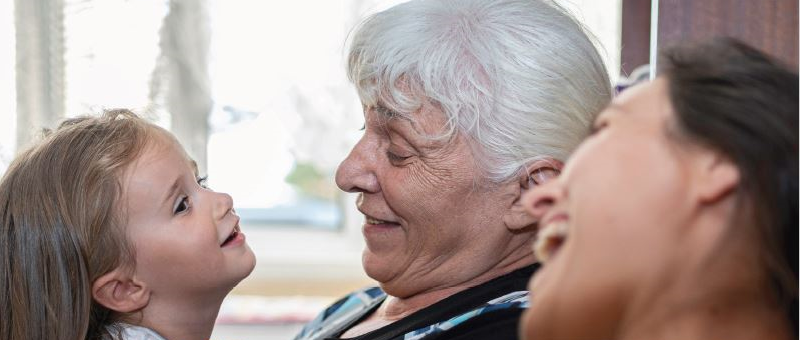
- While some caregiving arrangements during the pandemic were marked by abrupt shifts from formal care (e.g., child care facilities, public schools, home health aides) to free or low cost informal care (e.g., parents themselves, grandparents, relatives, friends), most caregiving arrangements described by respondents were informal even before the pandemic.
- Although informal care was typically unpaid, it was often accompanied by less visible costs, whether or not the pandemic induced a change in type of care. Such “hidden” costs have been underappreciated both in the literature and in policy.
- One major hidden cost was the interruption or cessation of employment due to caregiving responsibilities by the interviewee or someone in their care system.
- There were also concerns over costs to the care recipient when compromised forms of informal care (e.g. technology, screens) were used as a last resort during the pandemic.
- Reactive residential moves in pursuit of familial care for children were frequently mentioned by respondents, with implications for household finances and stability.
- Additional caregiving demands left some informal caregivers overwhelmed and conflicted. This hidden cost was often expressed as a loss of agency.

The Hidden Costs of Informal Caregiving
Pandemic shutdowns brought new attention to caregiving responsibilities. Many households with paid formal care arrangements shifted to informal sources of care, such as parents and relatives. However, the stories of those already reliant on informal care prior to the pandemic received less attention. Informal care is the norm for many lower income households, so we would expect shutdowns to have different impacts on these households in comparison to those that temporarily lost access to formal care.
Using data from the American Voices Project and its sample of high poverty communities, we examine caregiving needs, usage, and provision with special attention to informal care experiences. We find that while informal care is often free (or at least unpaid), it is accompanied by significant hidden costs to those seeking care, caregivers, and in some instances, care recipients. For instance, residential moves to be closer to informal caregivers were driven by care needs and accompanied by costs.
Many of the interviews we examined offer a window into the stories of those who shifted to informal care due to pandemic-induced closures, service interruptions, and the accompanying challenges. The sample also included experiences of families using informal care before and during the pandemic, which often allowed households to enjoy an essential continuity of care during the pandemic for little to no money. At the same time, the interviews detailed how these arrangements can be burdensome and costly to caregivers and those who need care. The shock of the pandemic revealed the various dimensions of challenges that many low-income families face when forced to rely on informal care when formal care is too costly.
Our findings signal a need to close access gaps to formal caregiving and better support informal caregivers, who are disproportionately women. Leaving parents, children, adults, and informal caregivers to deal with hidden costs on their own may perpetuate inequality and economic exclusion.
